
TBD-1
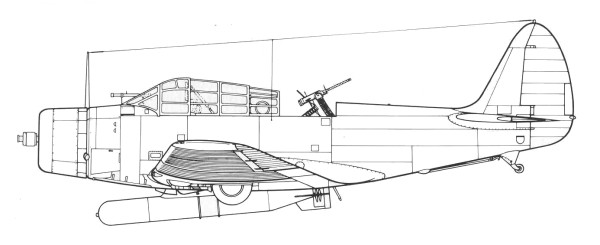

TBD-1

Ordered on 30 June 1934, and entered into a US Navy competition for new bomber aircraft to operate from its aircraft carriers, the Douglas entry was one of the winners of the competition. Other aircraft ordered for production as a result of the competition included the Brewster SBA, the Vought SB2U Vindicator, and the Northrop BT-1 which would evolve into the SBD Dauntless.
The XTBD Devastator, which flew for the first time on 15 April 1935, marked a large number of "firsts" for the US Navy. It was the first widely used carrier-based monoplane as well as the first all-metal naval aircraft, the first with a totally enclosed cockpit, the first with power-actuated (hydraulically) folding wings and in these respects the TBD was revolutionary. A semi-retractable landing gear was fitted, with the wheels designed to protrude 10 in. below the wings to permit a "wheels-up" landing which might limit damage to the aircraft. A crew of three was normally carried beneath a large "greenhouse" canopy almost half the length of the aircraft. The pilot sat in front; a rear gunner/radio operator took the rearmost position, while the bombardier occupied the middle seat. During a bombing run, the bombardier lay prone, sliding into position under the pilot to sight through a window in the bottom of the fuselage, using the Norden bomb sight.
The normal TBD offensive armament consisted of either a 1,935 lb Bliss-Leavitt Mark 13 aerial torpedo or a 1,000 lb. bomb, to be carried semi-recessed into a fuselage bomb bay. Alternatively, three 500 lb. general-purpose bombs (one under each wing root and one inside the bomb bay), or twelve 100 lb. fragmentation bombs (six under each wing root), could be carried. This weapons load was often used when attacking Japanese targets on the Gilbert and Marshall Islands in 1942. Defensive armament consisted of a .30 in. Browning machine gun for the rear gunner. Fitted in the starboard side of the cowling was either a .30 in. or .50 in. M2 Browning machine gun.
The power plant was a Pratt & Whitney R-1830-64 Twin Wasp radial engine of 850 hp, an outgrowth of the prototype's Pratt & Whitney XR-1830-60/R-1830-1 of 800 hp. Other changes from the 1935 prototype included a revised engine cowling and raising the cockpit canopy to improve visibility.
The XTBD had a flat canopy that was replaced on production models by a higher, domed canopy over a rollover bar. Other than requests by test pilots to improve pilot visibility, the prototype easily passed its acceptance trials that took place from 24 April-24 November 1935 at NAS (Naval Air Station) Anacostia and Norfolk bases. After successfully completing torpedo drop tests, the prototype was transferred to the USS Lexington for carrier certification. The extended service trials continued until 1937 with the first two production aircraft retained by the company exclusively for testing.
A total of 129 of the type were purchased by the US Navy's Bureau of Aeronautics (BuAer), and starting from 1937, began to equip the carriers USS Saratoga, Enterprise, Lexington, Wasp, Hornet, Yorktown and Ranger. In prewar use, TBD units were engaged in training and other operational activities and were gradually approaching the end of their useful service life with at least one aircraft being converted to target tug duty. By 1940, the US Navy was aware that the TBD had become outclassed by the fighters and bombers of other nations and a replacement was in the works, but it was not yet in service when the US entered World War II. By then, attrition had reduced their numbers to just over 100 aircraft. The US Navy assigned popular names to its aircraft in late 1941, and the TBD became the Devastator, although its nickname "torpecker" was commonly used.
The Kit
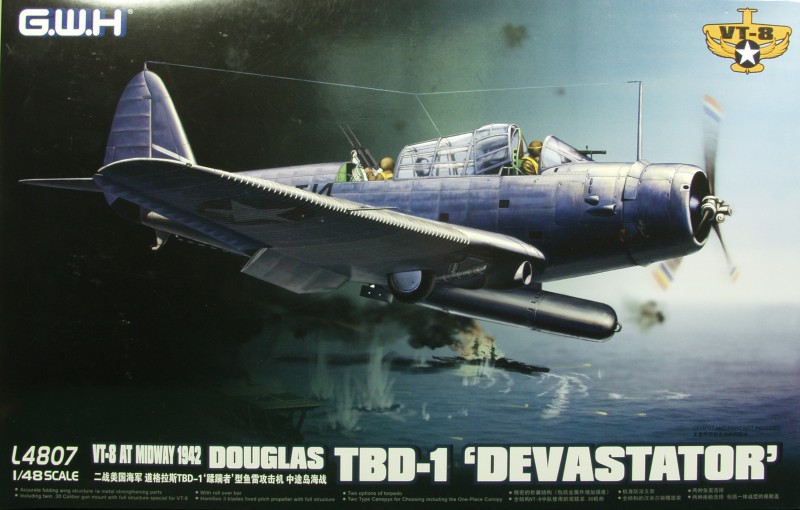
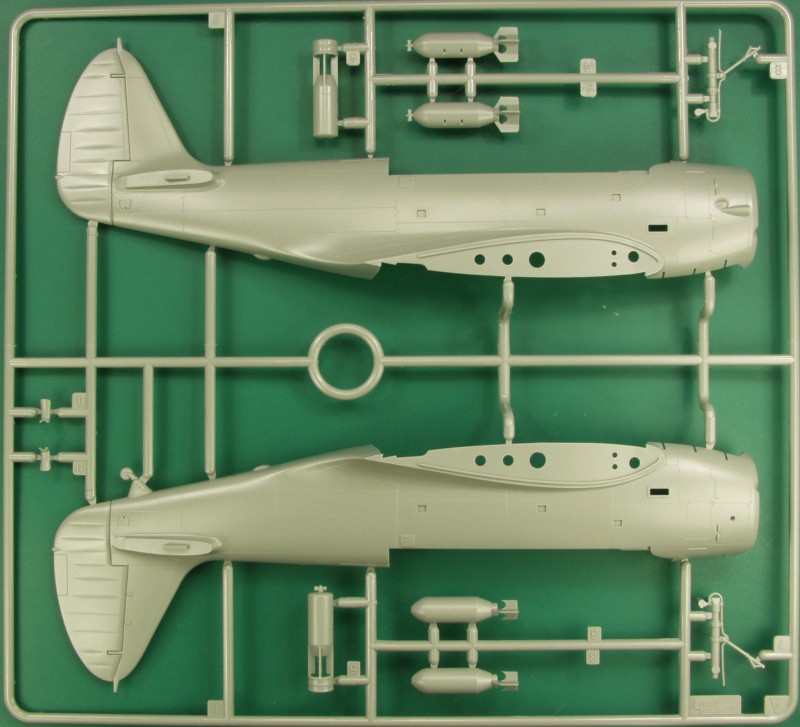
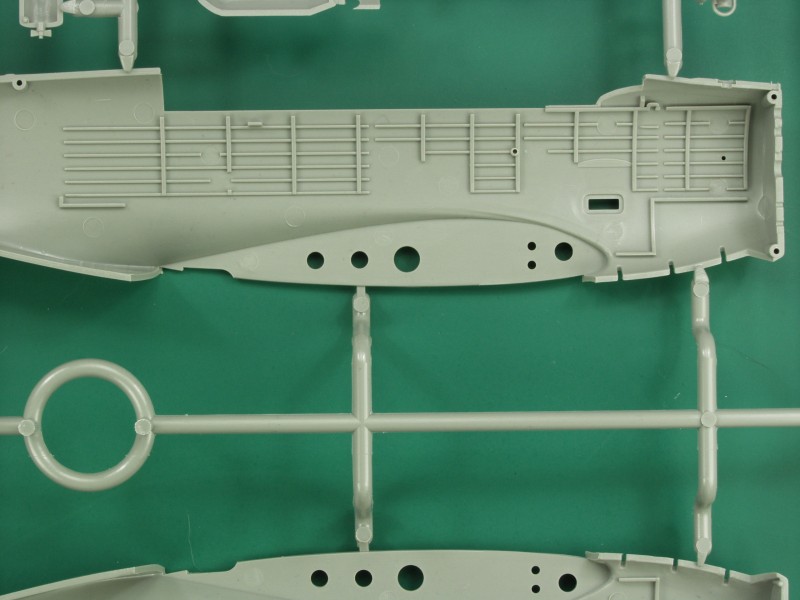
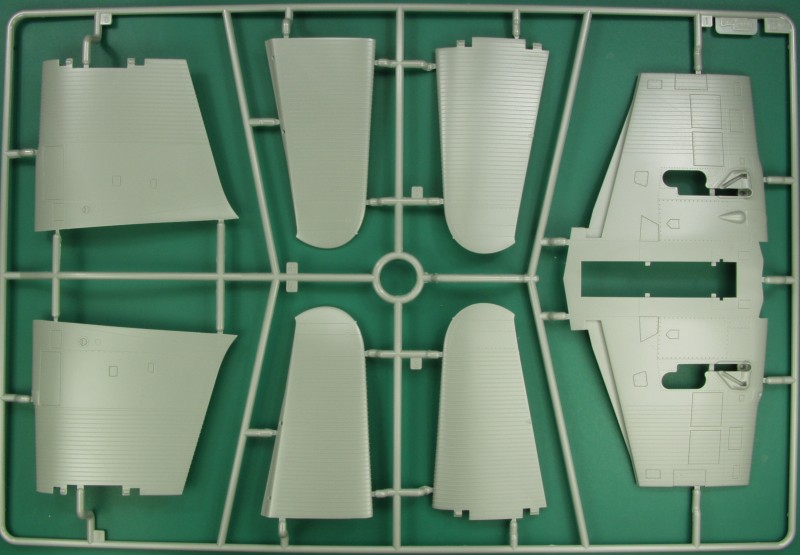
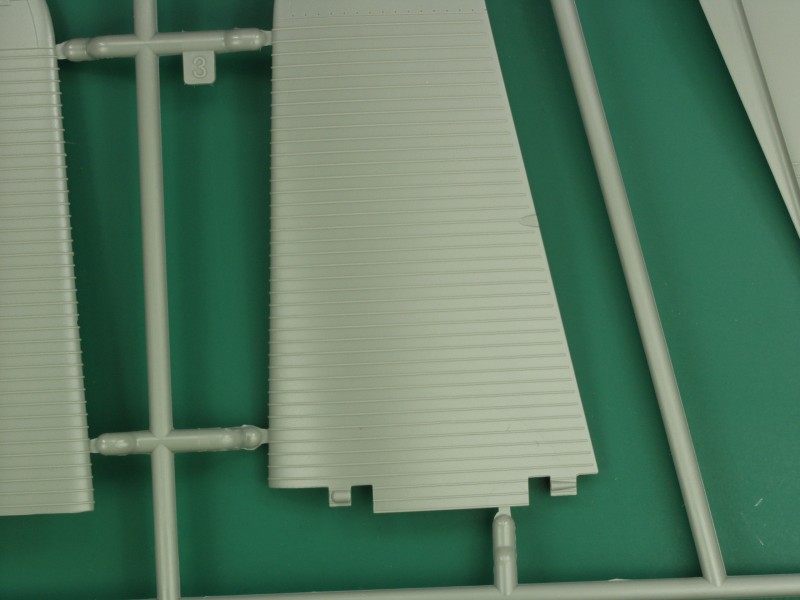
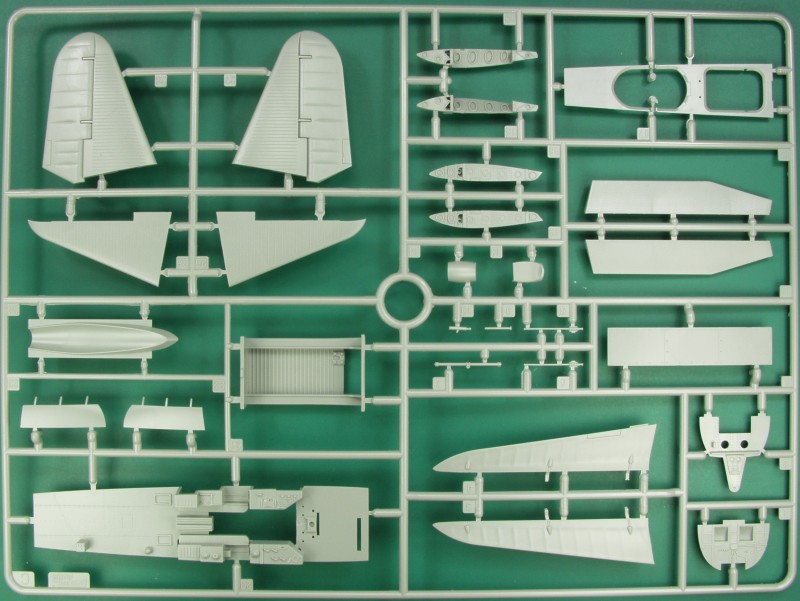
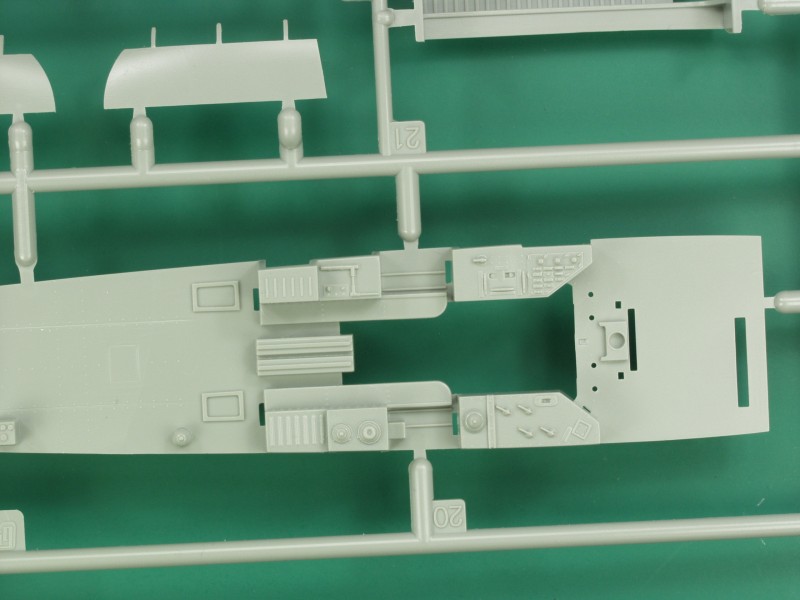
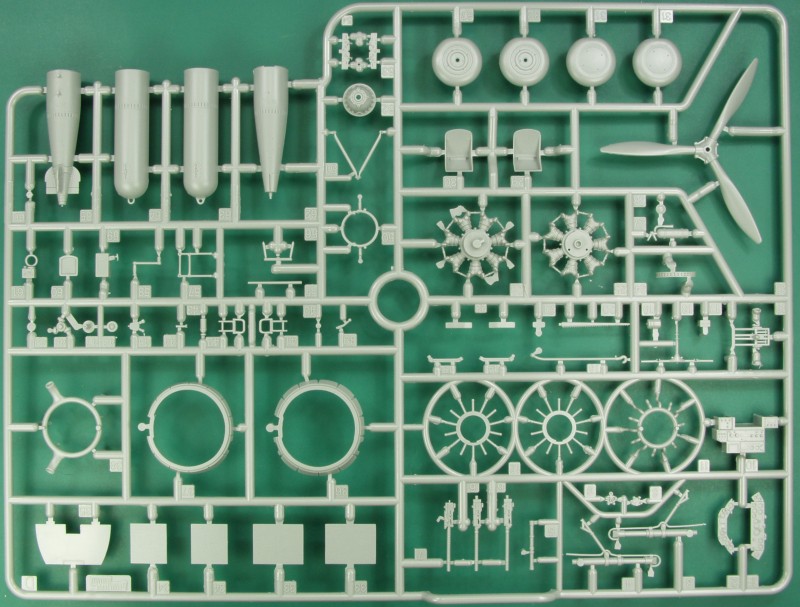
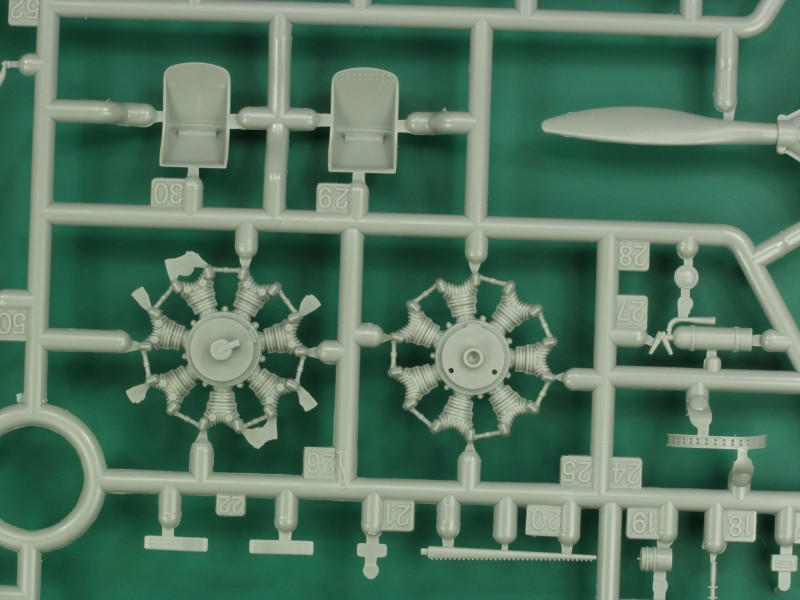
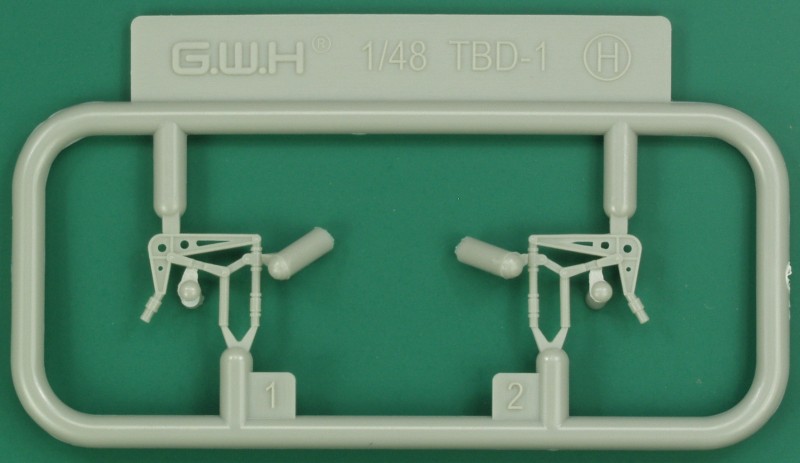
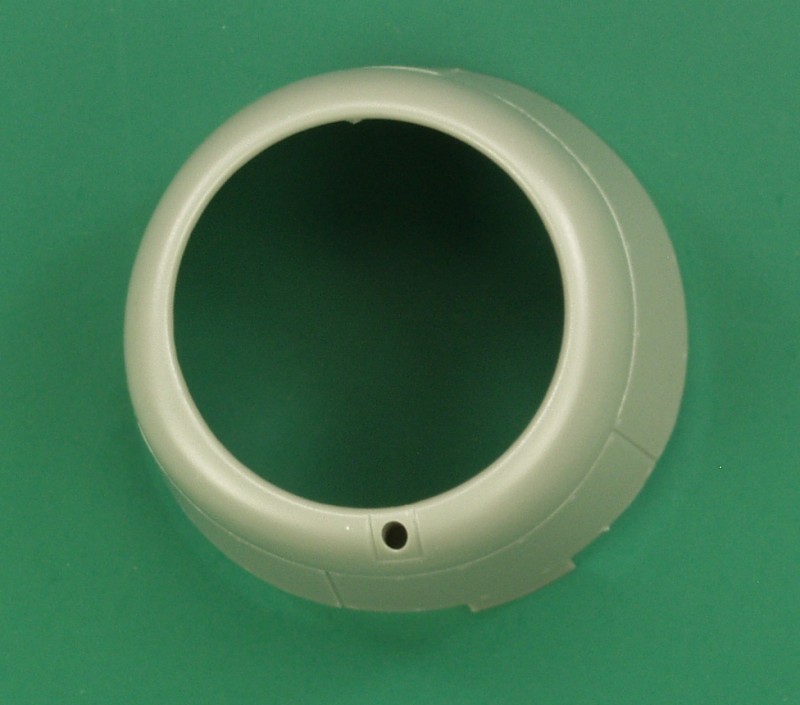
The
clear
parts are nice and clear with very little optical distortion. A
fully closed canopy is supplied and well as all of the
individual parts for opening it up. The rub here is that the
parts are too thick to be stacked as they would be when opened.
The two small pieces are for windows in the bombardiers
position.
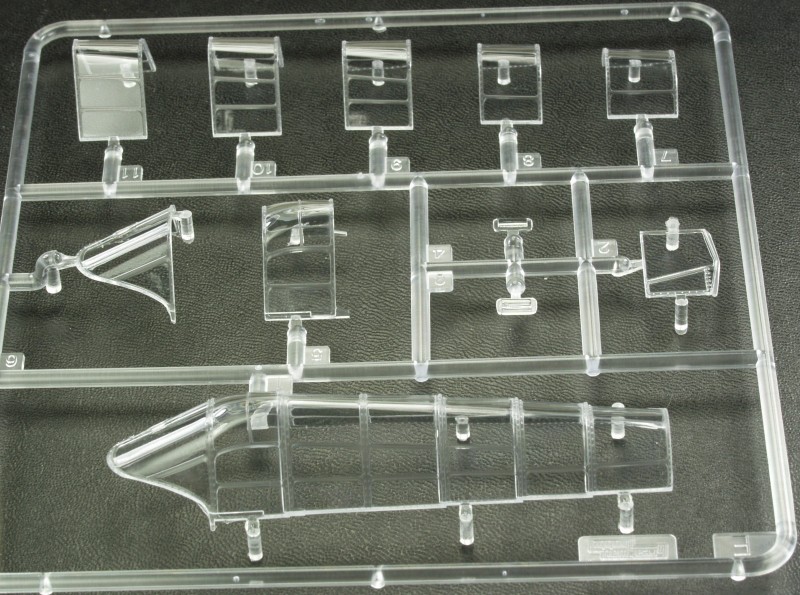
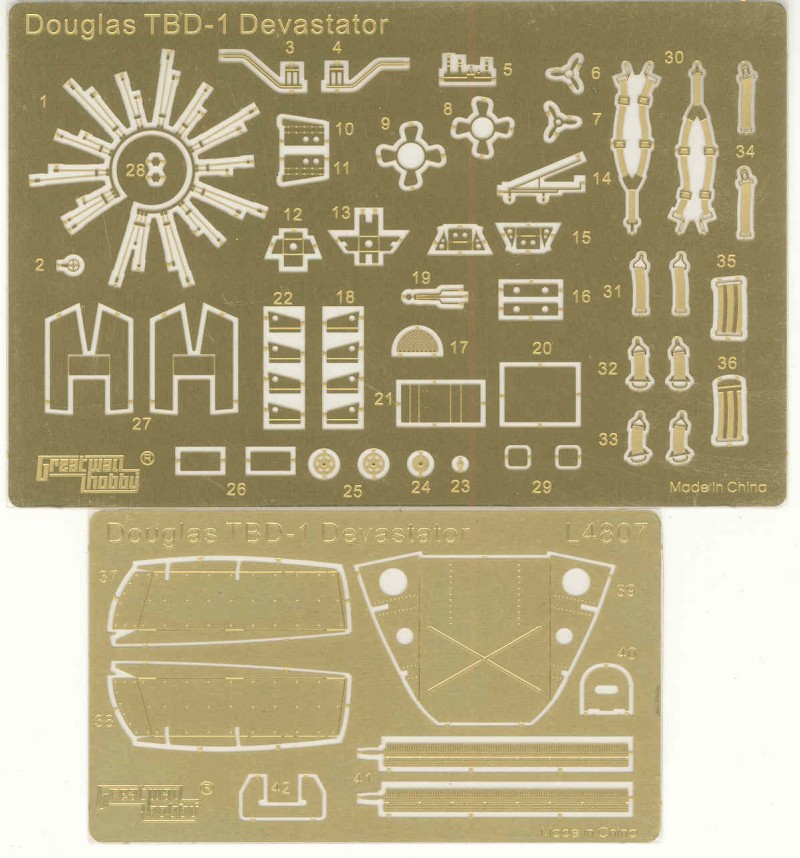
The
decals have a flat finish, good color density and are in
register. Most have minimal excess film except for the lettering
which is normal. Prop tips and manufacturers decals are supplied
for the props as are wing walks. Markings are supplied for two
aircraft, one that of Ensign George Gay and the other that of
squadron commander John C. Waldron
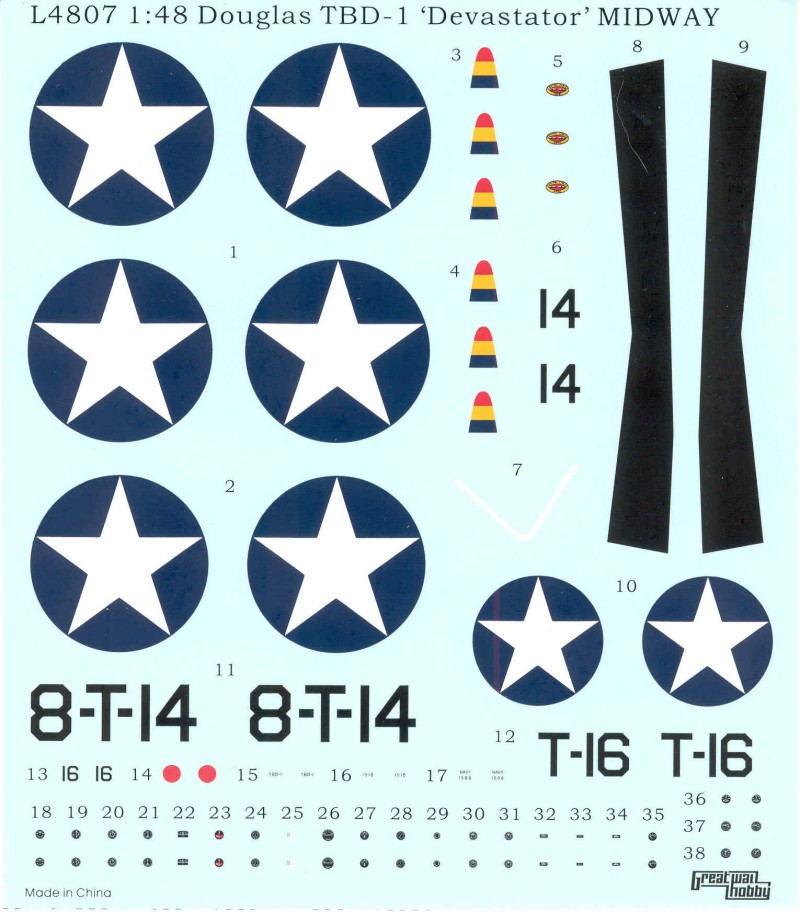
The
instructions are printed on A4 size glossy
paper and form an eleven page booklet stapled at
the spine. The cover page repeats the box art and
features a brief description of the Midway
campaign. The header on the page states "VT-6 at
Wake Island 1942" which is obviously wrong and
apparently wasn't changed from another release of
this kit. Page one has the usual safety warnings,
a parts map and a paint chart featuring CSI Creos
Mr. Hobby colors as well as Vallejo and Tamiya and
generic color names. Page 2 through 9 feature the
assembly steps which aren't numbered but total 25
in number. Assembly diagrams are for the most part
clear with some exceptions and shading is used to
illustrate parts being added. Pages 10 and 11 are
in full color and are the painting and marking
diagrams. Both aircraft supplied on the decal
sheet are identical color wise and differ only in
the squadron code letters and numbers. I have no
experience with Great Wall Hobby decals so can't
speak to their quality.
After Market Goodies
I decided to go with an Eduard Zoom color PE set [FE966] for this kit as my experience punching out and installing extremely small instrument faces has not been good. The set provides some parts that duplicate some of those supplied with the kit so when build time comes I'll decided which makes the most sense to use. This is one of Eduard's newer sets that has a clear overlay on the instrument dials saving one the effort of doing that oneself.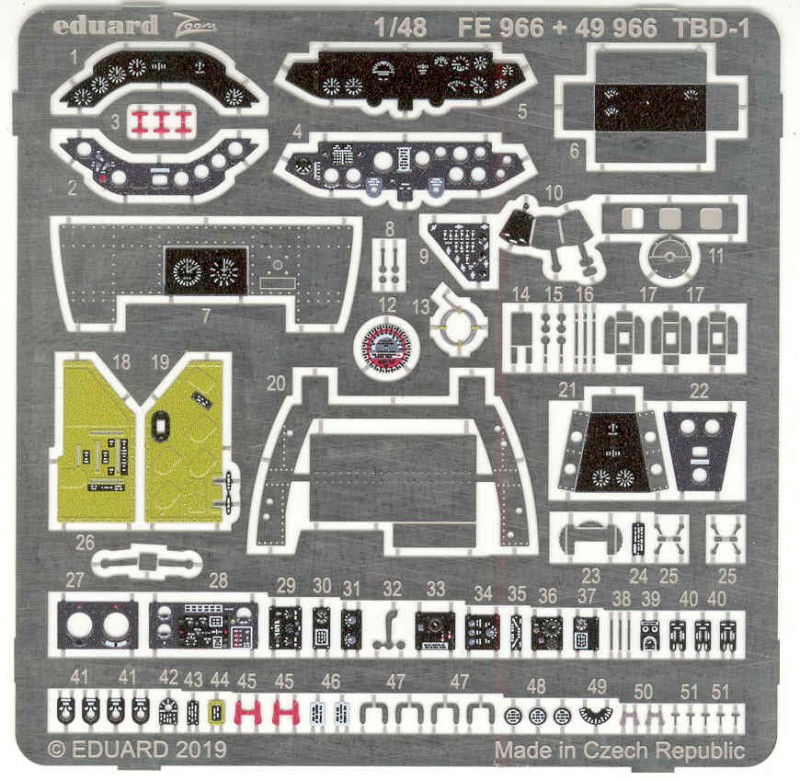
This is a very nicely detailed kit that except for
a few idiosyncrasies goes together reasonably well. The only other
choice in this scale is the 40+ year old Monogram kit that requires a
lot of filler to build and is not anywhere near as well detailed as
this kit. Take your time and take the advise given in the first listed
review below and you should end up with a nice result.
Links to kit builds or reviews
Build reviews can be found here
and here.
References
TBD Devastator in Action by Al Adcock and
Wikipedia
Back to the Misc US page